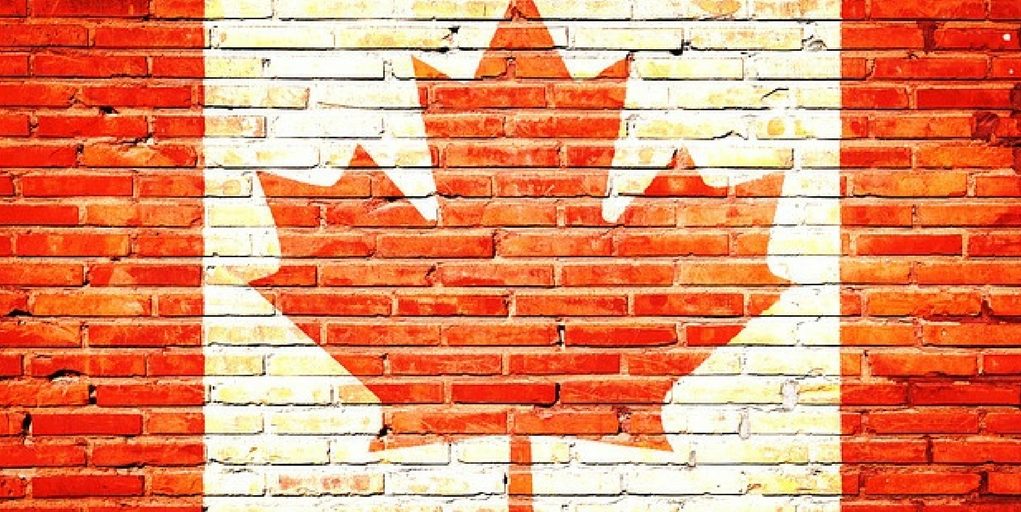In a letter addressed to Health Minister Patty Hajdu, professor of Economics at Concordia University, and a research fellow at the C.D. Howe Institute Ian Irvine, said that it shameful that the media is selective in what it reports. It is unfortunate that these achievements have been largely ignored by a media that has been, for the most part, fixated on the concept of a vaping epidemic among these age groups.”
Irvine highlighted that while smoking rates had been declining due to Government policy towards tobacco, the real change happened when vaping products arrived on the scene. “By 2013 smoking had declined to 11 percent for those aged 15-19, 18 percent for 20-24 year olds, and about 16 percent for those aged 25 and above…Then a disruptive technology intruded on the scene –vaping.”
He explained that young people recognized the relative safety of the products. “Youth have made a wholesale switch from combustion-based nicotine products to smokeless nicotine, primarily vaping. Vaping is not risk free; the aerosol contains toxins and anyone is better off not using it. And even though we know vaping is hugely less toxic, we do not know its long-term health impacts. A lifetime of vaping cannot be good for the cardiovascular system. At the same time, the monumental declines in youth smoking, are linked to this increased use of liquid nicotine.”
Canada’s THR u-turn
Interestingly, until only a couple of year ago, Canada was on the right trajectory in terms of tobacco harm reduction (THR), and had fully endorsed the use of vaping products as tobacco harm reduction tools. Sadly, this all changed when a paper published on BMJ, concluded that in Canada there was an increase in youth vaping and smoking.
Clive Bates, a public health consultant and the former director of Action on Smoking and Health (ASH) had at the time pointed out that the BMJ paper’s figures were wrong, and sure enough, almost a year later, the journal issued a correction.
However, the damage had already been done, as the study’s figures had already raised considerable alarm and informed policy. In December 2020, Health Canada proposed to establish a nicotine limit of 20 milligrams per milliliter (mg/ml) for all vaping products. In line with the BMJ study, Health Canada “identified the availability of high-nicotine concentration vaping products in the Canadian market since 2018 as one of the key factors that has contributed to the rise in youth vaping.”
On the other hand, data from Europe indicates that after a nicotine cap was set in place by the EU Tobacco Products Directive (TPD), some seasoned smokers who had switched to vaping, were struggling with the low dose so either reverted back to smoking or started purchasing their preferred products from the blackmarket.
Canada Health Officials Cracking Down on High Potency Nicotine Vapes












